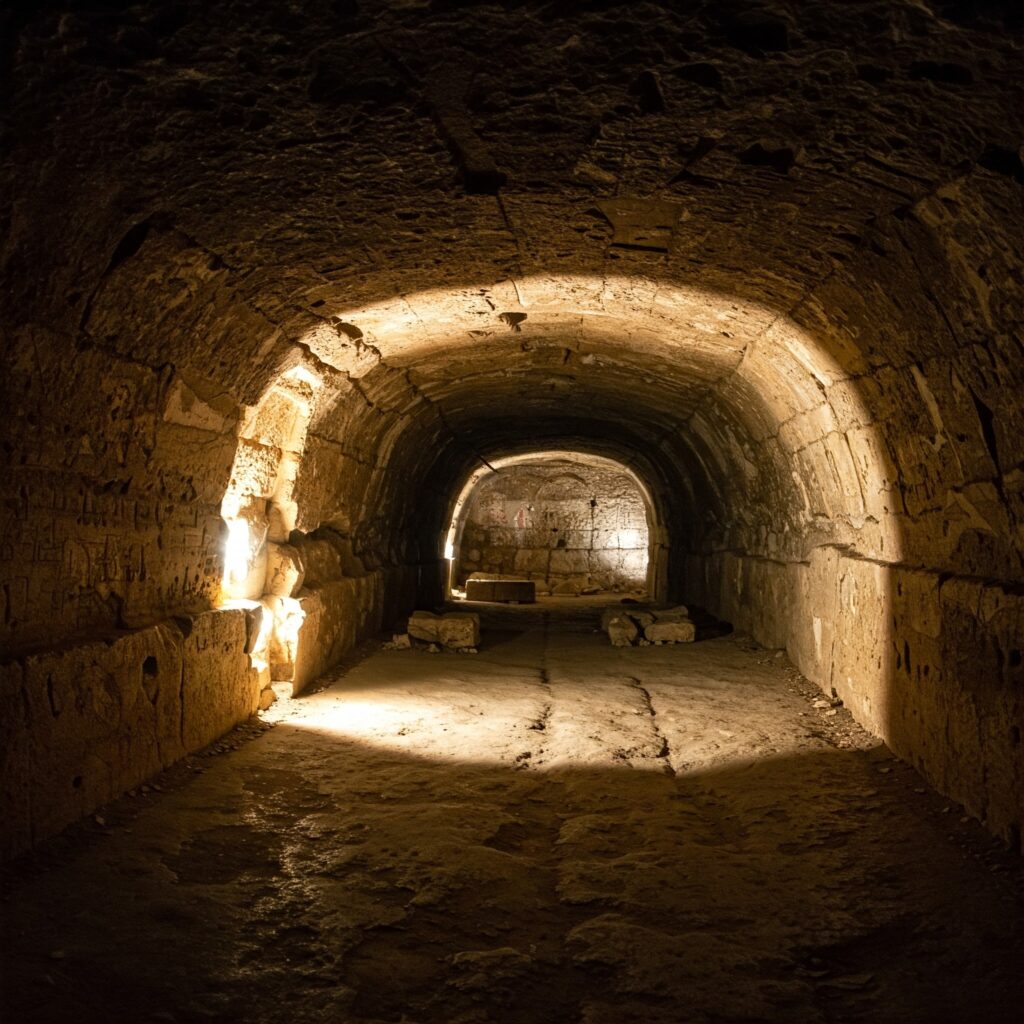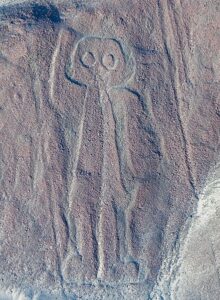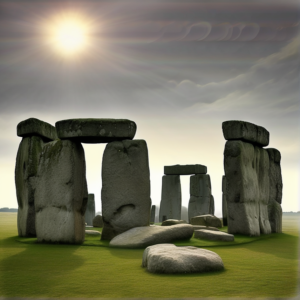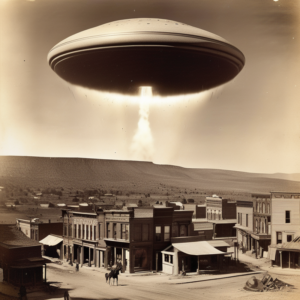Discovery of Ancient Ritual Cave Under Jerusalem: A Portal to the Underworld?

Archaeologists Uncover Evidence of Necromantic Practices in the Te’omim Cave
In the hills west of Jerusalem lies the Te’omim Cave (Cave of Twins), an archaeological site of profound historical and cultural significance. First discovered in 1873, this underground marvel continues to captivate researchers with its mysteries. The cave, which appears to have been in use from 4,000 BCE to the 4th century CE, has recently revealed artifacts that suggest it may have been used for necromantic rituals and communication with the spirit world.
A Cave of Healing and Mysticism
The Te’omim Cave has long been associated with healing properties, particularly due to its underground spring, which flows into a stone-hewn basin. Ancient visitors believed the cave possessed mystical powers, with the water said to promote fertility and health. This belief likely drew people to the cave for both spiritual and practical purposes. However, recent findings suggest the cave may have also served as a gateway to the supernatural.
Ritual Artifacts: A Glimpse Into the Past
In the 1970s, archaeologists discovered hidden chambers within the cave, filled with an astonishing array of artifacts. These included coins, pottery, metal weapons, oil lamps, and human skulls. Eitan Klein of the Israel Antiquities Authority and Boaz Zissu of Bar-Ilan University, in their groundbreaking research, suggest these items played a significant role in ancient rituals rather than being purely functional.
The artifacts provide clues about the cave’s use during the Roman era. Over 100 ceramic lamps, strategically placed in cracks and crevices, appear to have been used for rituals involving fire. Ancient texts from the same period describe the movement of flames as a means to communicate with spiritual entities. Additionally, the presence of human skulls—associated with sorcery—and weapons like daggers, swords, and axes, suggests that rituals aimed to both summon and protect against malevolent spirits.
A Portal to the Underworld?
In their study, Klein and Zissu describe the Te’omim Cave as containing all the elements necessary to be viewed as a potential portal to the underworld. They write:
“The Te’omim Cave in the hills of Jerusalem possesses all the cultic and physical characteristics needed to serve as a potential portal to the underworld. It features an underground space with a deep shaft at one end; a spring whose water is collected in a rock-hewn basin; and traditions that ascribe fertility and healing powers to the cave.”
These attributes align with ancient beliefs about the connection between subterranean spaces and the afterlife. The deep shaft, for example, could symbolize a pathway to the underworld, while the presence of water ties the site to life-giving and spiritual forces.
Evidence of Necromancy
The presence of human skulls and the placement of lamps suggest the practice of necromancy, a ritualistic attempt to contact the dead or the spiritual realm. The skulls, combined with magical implements like weapons, indicate an effort to harness supernatural forces, possibly to gain knowledge, protection, or guidance.
This aligns with broader traditions from the ancient world, where caves were often regarded as sacred spaces. In Roman and Jewish traditions, caves and springs were seen as liminal spaces, bridging the earthly realm and the divine or spiritual plane.
Historical and Cultural Context
The Te’omim Cave’s use for ritual purposes likely reflects the religious and cultural diversity of ancient Jerusalem. During the Roman era, the city was a melting pot of traditions, where pagan, Jewish, and early Christian practices coexisted and influenced one another. The cave’s connection to healing, fertility, and communication with spirits would have held appeal across these different groups, making it a focal point for spiritual activity.
Future Research and Preservation
The Te’omim Cave remains a site of ongoing study, as researchers aim to uncover more about the rituals performed there and their significance. The discoveries shed light on the spiritual lives of ancient peoples and offer a rare glimpse into their attempts to connect with forces beyond the mortal realm.
For archaeologists and historians, the Te’omim Cave is a treasure trove of cultural and spiritual history, revealing not only the beliefs of ancient civilizations but also the rituals and practices that shaped their understanding of life, death, and the divine.






